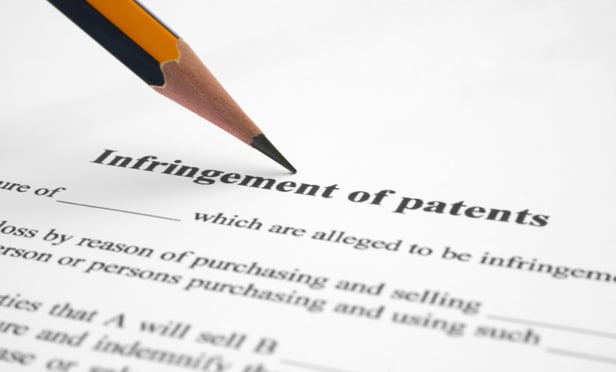Columns & Departments

Case Notes
A New York court has found that a landlord did not commit fraud when it failed to disclose to its prospective tenant that a long-term municipal improvement construction project was about to commence near the leased premises.
Columns & Departments

Verdicts
What will happen to the Affordable Care Act now that President-Elect Trump has vowed to abolish it?
Columns & Departments

Business Crimes Hotline
On Nov. 17, 2016, JPMorgan APAC, a Hong Kong subsidiary of JP Mor¬gan Chase & Co., agreed to pay $72 million for violations of the Foreign Corrupt Practices Act (FCPA).
Features

Design Defects at the CT Supreme Court
<b><i>A Doctrine In Flux</b></i><p>The big product-liability news at the Connecticut Supreme Court in 2016 was undoubtedly <i>Izzarelli v. R.J. Reynolds Tobacco</i>, a decision that refined Connecticut's standards for design-defect product-liability claims. But the decision may turn out to be even more notable for what it portends.
Features

Non-Compete Clauses In California
Non-compete clauses in employment contracts typically seek to preclude employees from working for a competitor for a specific period of time and within a specific geographic area. Most states allow non-competition agreements, provided they are reasonable in scope and justified by the employer's legitimate business interests. California, however, generally prohibits covenants not to compete, subject to limited exceptions.
Columns & Departments

Case Notes
New York's Appellate Division, Second Department, has reversed a family court decision denying a father's objection to a magistrate's upward modification of his child support obligation.
Features

<b><i>BREAKING NEWS</b></i><br>Supreme Court Agrees to Hear Blockbuster Patent Venue Case
In a win for the tech industry, the U.S. Supreme Court agreed on Dec. 14 to hear a case that could move patent cases out of the Eastern District of Texas.
Features

Expanded Means-Plus-Function Analysis Presents New Opportunities and Challenges
The Federal Circuit's <i>en banc</i> decision in <i>Williamson v. Citrix Online</i> expanded the potential application of 35 U.S.C. §112, ¶6, making it more likely that functional claim language will be construed as a means-plus-function limitation even in the absence of the word "means." This article discusses recent decisions applying <i>Williamson</i> and provides practical insights and strategies for patent owners and accused infringers to consider when addressing the expanded application of §112, ¶6.
Need Help?
- Prefer an IP authenticated environment? Request a transition or call 800-756-8993.
- Need other assistance? email Customer Service or call 1-877-256-2472.
MOST POPULAR STORIES
- The DOJ's New Parameters for Evaluating Corporate Compliance ProgramsThe parameters set forth in the DOJ's memorandum have implications not only for the government's evaluation of compliance programs in the context of criminal charging decisions, but also for how defense counsel structure their conference-room advocacy seeking declinations or lesser sanctions in both criminal and civil investigations.Read More ›
- Use of Deferred Prosecution Agreements In White Collar InvestigationsThis article discusses the practical and policy reasons for the use of DPAs and NPAs in white-collar criminal investigations, and considers the NDAA's new reporting provision and its relationship with other efforts to enhance transparency in DOJ decision-making.Read More ›
- The DOJ's Corporate Enforcement Policy: One Year LaterThe DOJ's Criminal Division issued three declinations since the issuance of the revised CEP a year ago. Review of these cases gives insight into DOJ's implementation of the new policy in practice.Read More ›
- Removing Restrictive Covenants In New YorkIn Rockwell v. Despart, the New York Supreme Court, Third Department, recently revisited a recurring question: When may a landowner seek judicial removal of a covenant restricting use of her land?Read More ›
- Read This Before You Set Your 2018 Billing RatesSetting the next year's billing rates follows a simple formula at most firms: last year's rate plus a common percentage increase across all lawyer cohorts. A more disaggregated approach is needed -- firms should set higher percentage increases for senior lawyers and lower increases for junior lawyers.Read More ›
